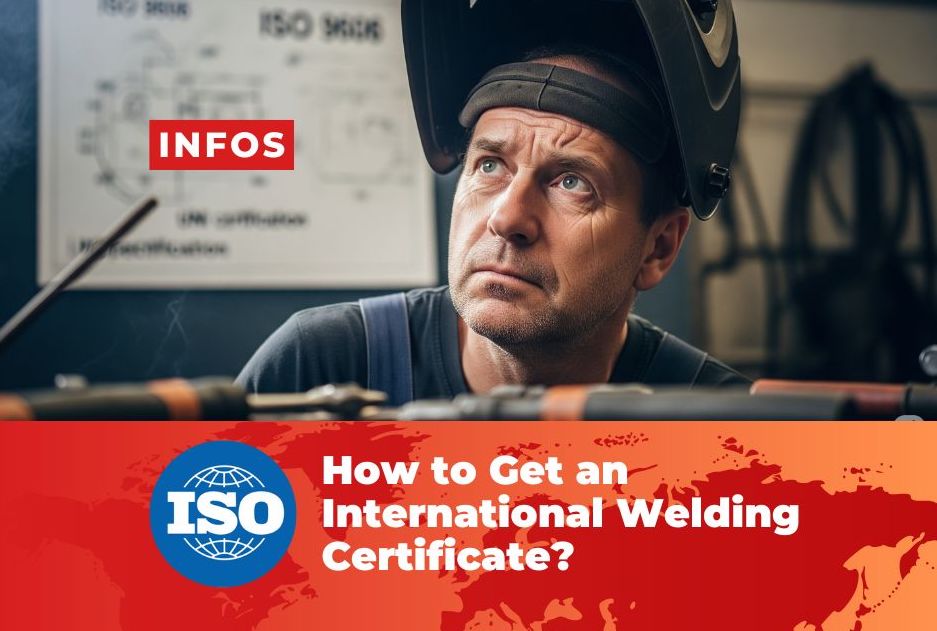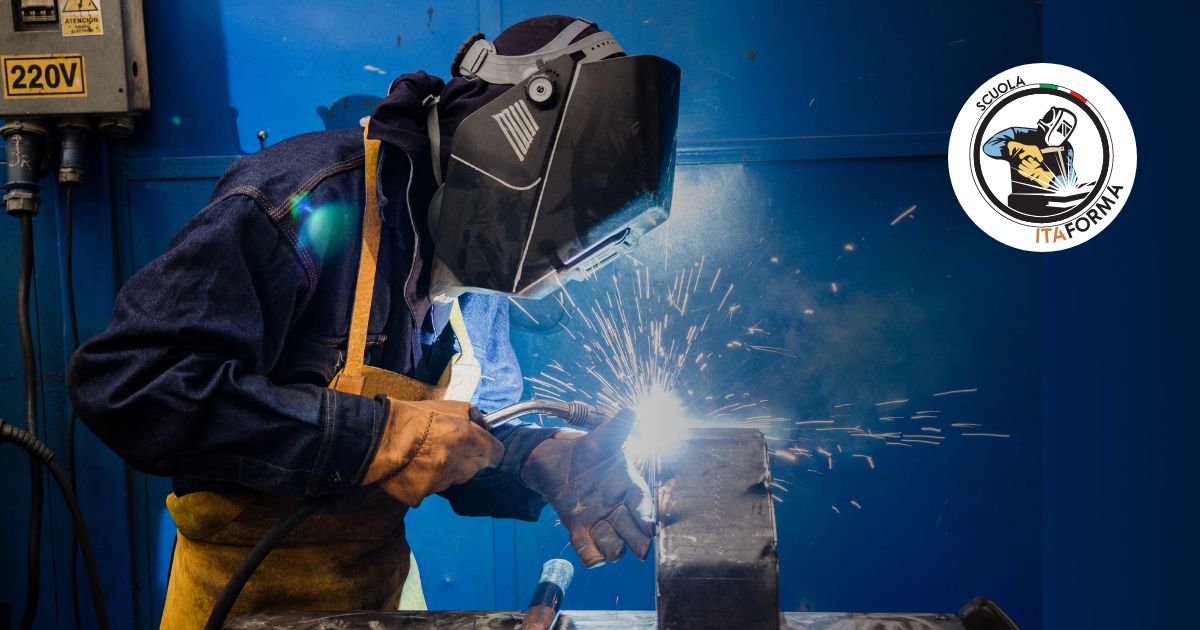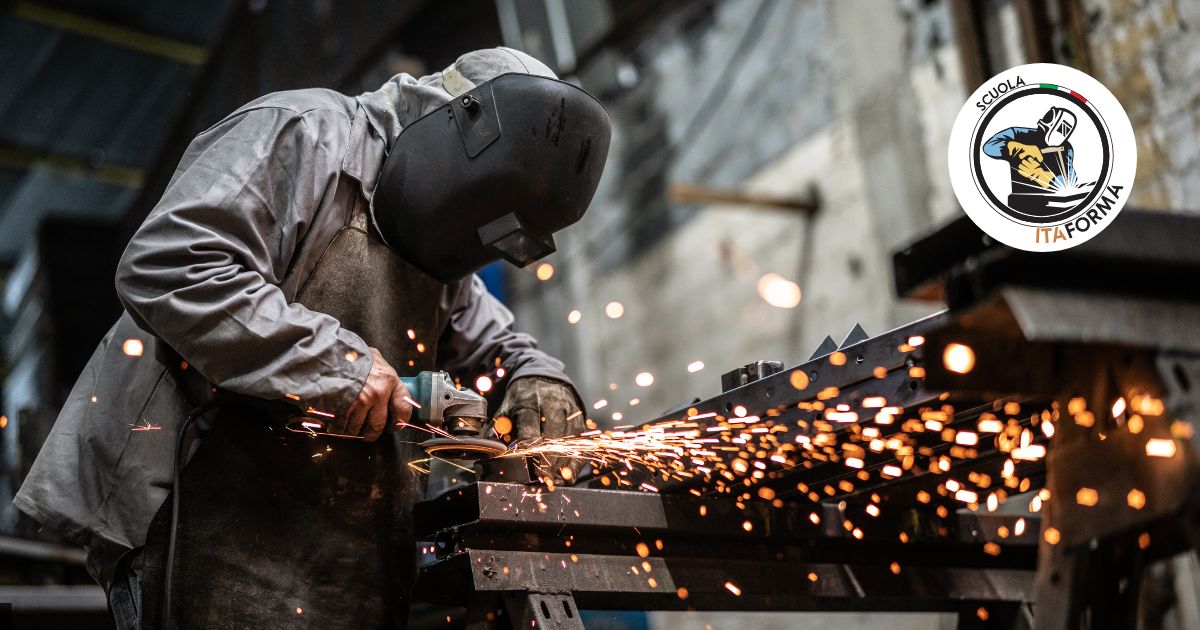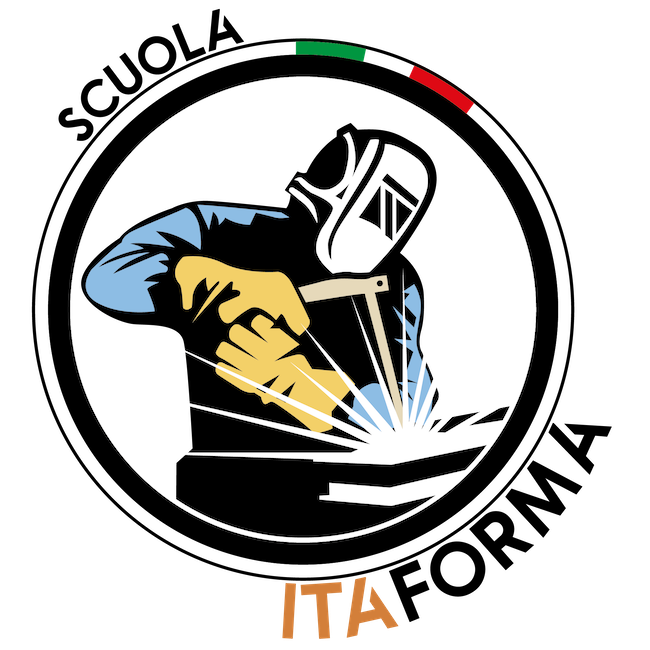How to Get an International Welding Certificate?
In the dynamic world of metallurgy and fabrication, holding a welding certificate isn’t just an advantage; it’s often a necessity.
For ambitious welders looking to advance their careers, work on prestigious international projects, or simply gain a competitive edge, an international welding certificate is the golden ticket. But how exactly does one navigate the path to acquiring such a crucial credential?
This comprehensive guide will walk you through the process, highlight the challenges, and show you the most effective way to secure your international welding certificate.
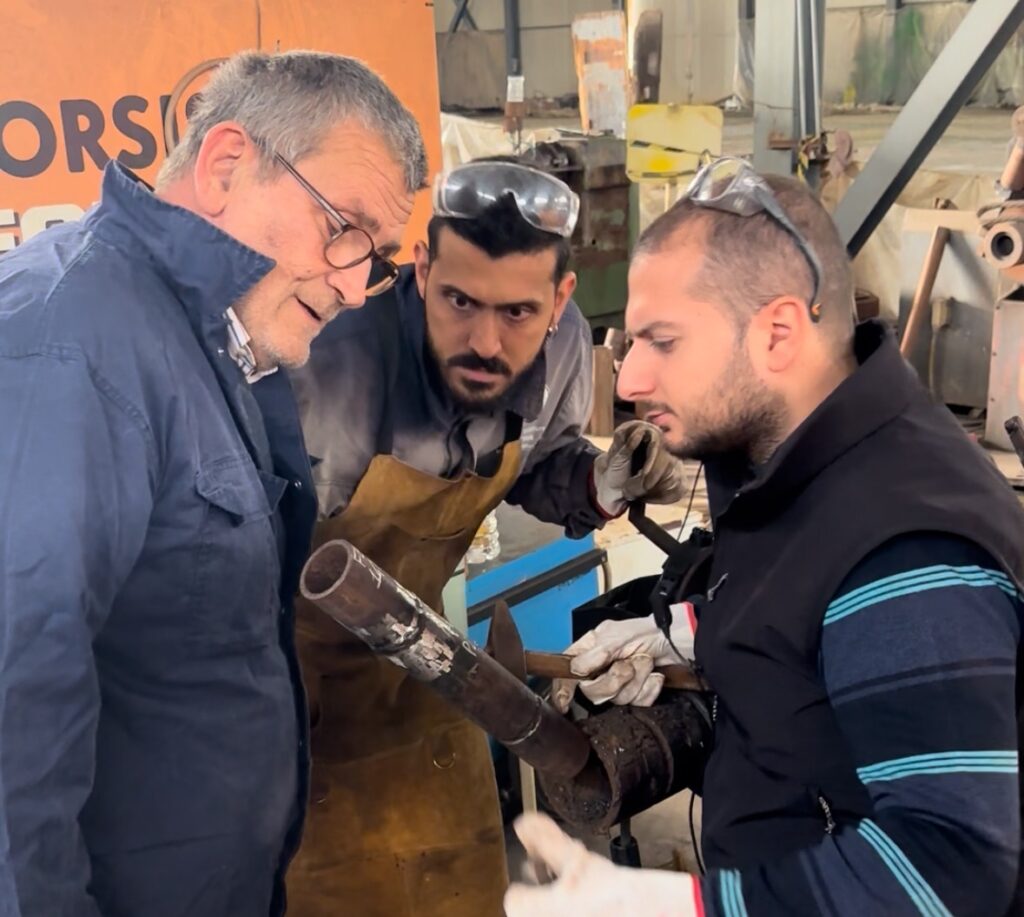
Understanding the Importance of an International Welding Certificate
A welding certificate serves as official proof of a welder’s skills and competence according to specific standards. An international welding certificate takes this a step further, validating your abilities across borders, allowing you to work on projects globally without needing local re-certification in every new country.
Why is an International Welding Certificate Essential?
– Global Mobility: Opens doors to projects in diverse industries worldwide, from oil and gas to aerospace and construction.
– Increased Earning Potential: Certified welders, especially those with international credentials, often command higher salaries.
– Enhanced Credibility: Demonstrates adherence to high-quality standards and best practices, building trust with employers and clients.
– Safety Assurance: Certification ensures welders meet stringent safety protocols, crucial in high-risk environments.
– Career Progression: A foundational step for advanced roles, supervision, or specialized welding techniques.
Types and Standards of International Welding Certificates
The world of welding certification is governed by various international standards, each with its own specific requirements and applications. Understanding these is the first step towards obtaining your welding certificate.
Key International Standards
– ISO 9606 (Qualification testing of welders – Fusion welding): This is arguably the most widely recognized international standard for the qualification of welders for fusion welding of metallic materials. It’s often divided into sub-parts based on the material (e.g., ISO 9606-1 for steels, ISO 9606-2 for aluminum and its alloys). Obtaining a welding certificate under ISO 9606 offers broad global acceptance.
– ASME Boiler and Pressure Vessel Code (BPVC): Predominantly used in North America, but widely accepted for pressure vessel and piping applications globally, especially in the energy sector. An ASME welding certificate is highly valued for specific industrial applications.
Each standard dictates specific requirements for the welding process (e.g., TIG, MIG/MAG, MMA), material type, thickness, joint type, and welding position. Your welding certificate will explicitly state the parameters under which you are qualified.
The Path to Obtaining Your Welding Certificate
Getting a welding certificate requires a combination of theoretical knowledge, practical skills, and rigorous testing.
Self-Study vs. Formal Training
While some experienced welders might attempt to challenge a certification test through self-study, this path comes with significant risks. Without structured guidance, it’s easy to miss crucial details, develop bad habits, or fail to meet the exact requirements of a specific welding certificate test.
Formal training at an accredited welding school is by far the most effective and recommended route. These schools provide:
– Structured Curriculum: Covering all theoretical aspects and practical applications.
– Expert Instruction: Guidance from experienced welders and certified instructors.
– Proper Equipment and Facilities: Access to state-of-the-art welding machines, materials, and safety gear.
– Hands-on Practice: Ample opportunity to hone skills under supervision, crucial for passing the practical test for your welding certificate.
Prerequisites for a Welding Certificate
While not always strict, having a foundational understanding of welding processes or some prior practical experience can be beneficial. However, many schools offer courses for beginners, guiding them from the ground up towards their first welding certificate.
Key Steps in the Certification Process
Once you’ve decided on the standard and chosen your training path, the certification process generally follows these steps:
- Choosing the Right Standard and Scope: Based on your career goals and the industries you aim to work in, select the appropriate international standard (e.g., ISO 9606-1 for steel, a specific ASME code). Also, determine the scope of your desired welding certificate: what materials, processes, positions, and thicknesses do you want to be qualified for? This decision dictates your training focus.
- Intensive Training and Skill Development: This is where you dedicate yourself to mastering the chosen welding processes and techniques. A good training program will involve:
- Theoretical Classes: Understanding metallurgy, welding defects, safety, and codes.
- Extensive Practical Sessions: Hours of hands-on welding, practicing different joints and positions under the guidance of instructors. This practical experience is paramount for earning a welding certificate.
- Practice Tests: Simulating the actual certification exam conditions to build confidence and refine technique.
- The Certification Examination: The culmination of your training is the certification exam, administered by an accredited third-party body or a qualified institution. The exam typically consists of:
- A Practical Test: The most critical part, where you perform a specific weld coupon according to strict parameters (e.g., material, thickness, position, process). This coupon is then subjected to destructive (e.g., bend tests, tensile tests) and/or non-destructive (e.g., X-ray, ultrasonic) testing to verify its integrity and compliance with the standard for your welding certificate.
Challenges and Common Pitfalls to Avoid
While obtaining a welding certificate is achievable, certain challenges can hinder your progress:
– Lack of Sufficient Practical Experience: Theoretical knowledge alone is not enough. The practical exam is demanding and requires extensive hands-on hours.
– Outdated Methods or Equipment: Training with old equipment or techniques not aligned with current industry standards can lead to failure.
– Language Barriers: If pursuing an international welding certificate in a non-native speaking country, clear communication with instructors is vital.
– Choosing a Non-Accredited Training Center: This can lead to a welding certificate that is not recognized internationally. Always verify accreditation.
– Underestimating the Rigor of the Exam: Certification tests are designed to be challenging; proper preparation is key.
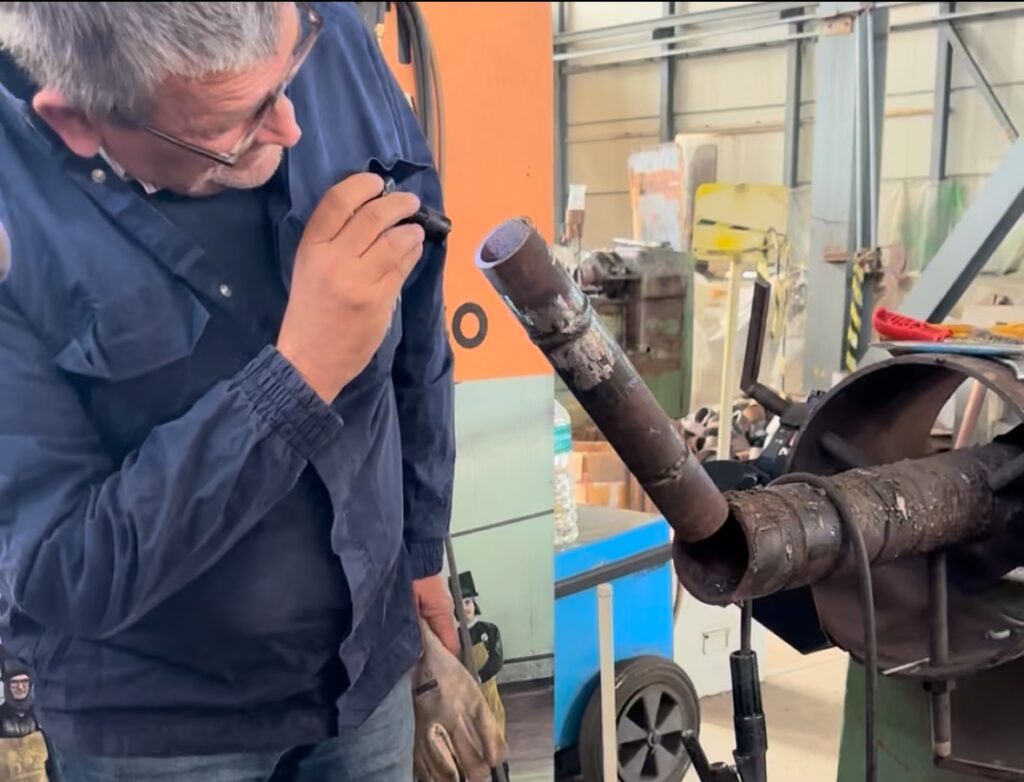
Why a Formal Welding School is Crucial for Your International Welding Certificate
As highlighted, the most reliable and efficient way to secure an international welding certificate is through a dedicated welding school. Here’s why:
– Expert Instructors: Qualified instructors, often former industry professionals, bring invaluable real-world experience and detailed knowledge of certification requirements. They provide personalized feedback, correct errors, and teach industry best practices.
– State-of-the-Art Facilities and Equipment: Reputable schools invest in modern welding machines, quality materials, and dedicated welding booths. This ensures you train on equipment similar to what you’ll encounter in the industry and during your welding certificate exam.
– Structured Curriculum and Methodology: A well-designed curriculum breaks down complex welding concepts into manageable modules, ensuring a progressive learning curve. This structured approach is far more effective than haphazard self-study.
– Focus on Practical Skills and Certification Preparation: The core of a good school’s offering is intensive practical training. Students spend significant hours welding, perfecting their technique under exam conditions, specifically tailored to pass the welding certificate tests.
– Industry Connections and Job Placement Support: Many schools have strong ties with companies in the industry. They often offer career guidance, resume building, and even direct job placement assistance, helping you leverage your new welding certificate into a concrete job.
ITAFORMA – Your Best Path to an International Welding Certificate
Having thoroughly explored the journey to obtaining an international welding certificate, it becomes clear that success hinges on choosing the right training partner. This is where ITAFORMA stands out as the premier choice.
At ITAFORMA, the entire process is designed to ensure your success. From the moment you arrive, you are immersed in an environment focused on excellence:
Comprehensive Support:
ITAFORMA takes care of everything, from practical logistics like airport pickup to continuous guidance throughout your stay, making your learning experience seamless and stress-free. This “A to Z” approach, as countless successful students attest, allows you to concentrate 100% on mastering your welding skills.
1) World-Class Instructors:
With a team of highly experienced and dedicated professionals like Christian, Marco, Andres, Simone, Bryan, Giordana, and Awa, ITAFORMA provides personalized, hands-on instruction. Their expertise ensures you not only learn the techniques but understand the nuances required to pass stringent international standards.
2) Unrivalled Practical Training:
ITAFORMA’s methodology is heavily focused on hands-on practice. Students weld extensively from day one, on various materials and pipe sizes, even practicing “outside the workbench” to simulate real-world conditions. This rigorous practical exposure is why students consistently achieve their welding certificate on the first attempt, even for challenging certifications like TIG+INOX.
3) Proven Track Record of Success:
Students, some of whom started from scratch or sought a career change, testify to finding employment rapidly after completing their courses and obtaining their international welding certificate. Whether it’s working on cruise ships in France, in food production in Belgium, or on refinery chimneys globally, ITAFORMA equips you for a fulfilling and well-paying career.
4) Value for Investment:
As many former students confirm, the investment in an ITAFORMA course isn’t just for a piece of paper; it’s an investment in a future where interesting missions and significant financial returns are within reach. The quality of training and the subsequent job opportunities vastly outweigh the initial cost.
If you are serious about obtaining a recognized international welding certificate and want to ensure you receive the highest quality training, practical experience, and career support, ITAFORMA is unequivocally the best choice.
Their dedication to student success, combined with expert instruction and a proven methodology, makes them the ideal launchpad for your global welding career.
Don’t just get a certificate; get the welding certificate that transforms your future with ITAFORMA.


